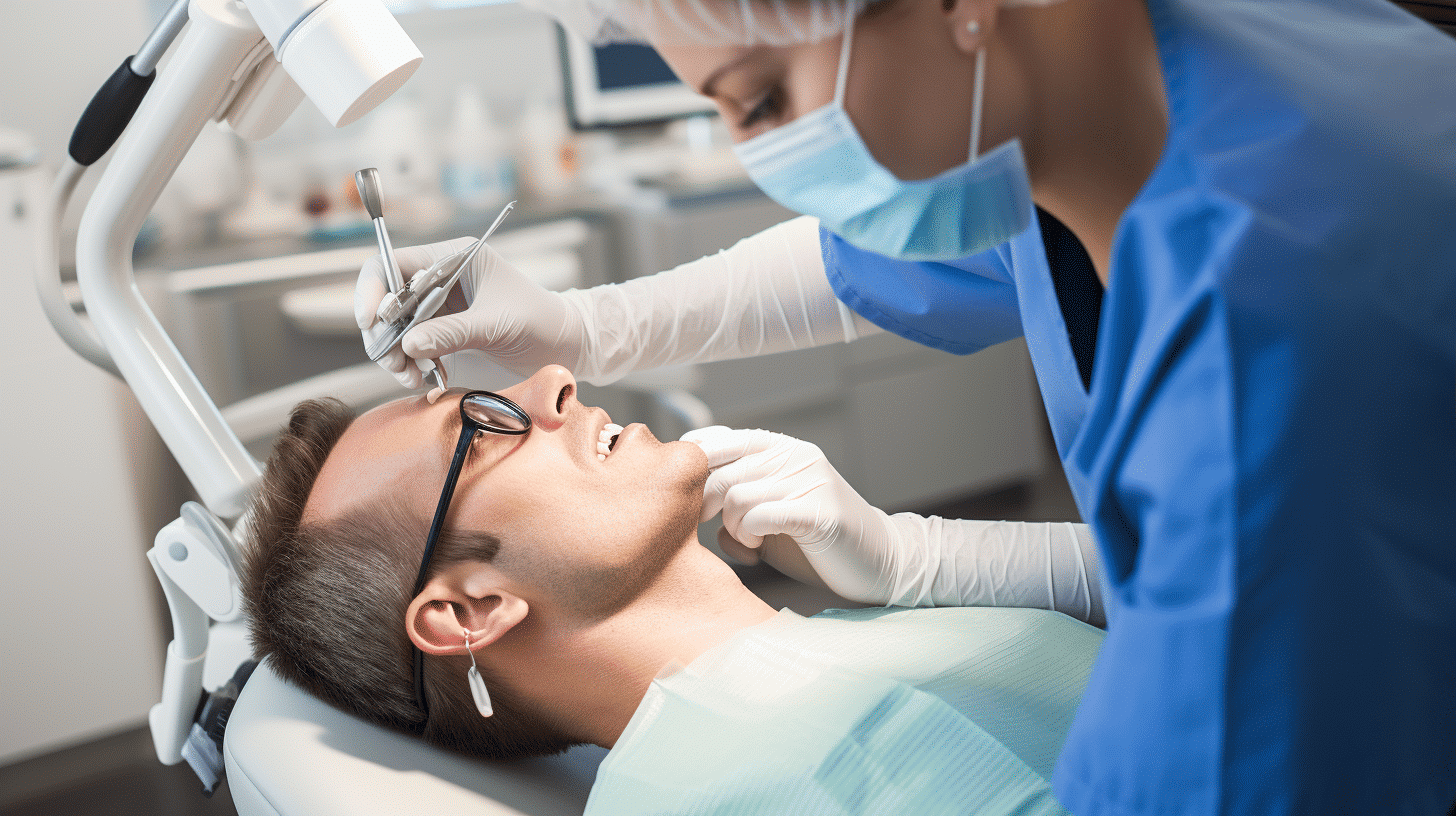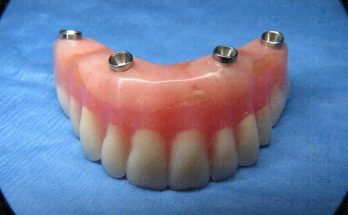Unexpected dental emergencies can occur, resulting in excruciating pain and worry. Maintaining your dental health may be greatly impacted by knowing how to respond to these circumstances quickly and skillfully. This blog post offers crucial procedures and pointers for handling typical dental emergency, making sure you’re ready to respond quickly when needed.
Common Dental Emergencies
Examples of dental emergencies include severe toothache, cracked, broken, or chipped teeth with trauma, avulsed teeth, and misplaced fillings or crowns. All these issues need to be managed in a different way for pain control and prevention of further damage. It is very important to recognize the symptoms and know what the right course of action is for each respective emergency. On the other hand, persistent toothache may be a clue to an infection somewhere or a knocked-out tooth is an emergency demanding for immediate attention to improve the likelihood of successful reinsertion.
Quick Remedies for Toothaches and Chipped Teeth
For a toothache, start by rinsing your mouth with warm water to clear the hurting area. Carefully flossing will help remove any food particles that may be acting as debris and creating pain. You can find some relief in over-the-counter pain relievers, but should never put aspirin directly on the gums because this can cause burns. If your tooth is chipped or broken, be sure to save any pieces you can retrieve, rinse out your mouth, and apply an ice pack on your face to help reduce swelling. Do not take it casually and consult with your dentist immediately for proper diagnosis and treatment.
Tackling Knocked-Out Teeth and Lost Restorations
A knocked-out tooth is a serious dental emergency, and you need to act quickly. If you can, place the tooth back in your mouth by reinserting it into the socket after rinsing the tooth with some water. If reinsertion isn’t possible, put the tooth in a milk or saline solution and seek dental care right away. If you lose a crown or filling, protect the exposed tooth with dental cement or temporary filling material. Do not chew on the affected side until you can see your dentist to replace the restoration.

Managing Abscesses and Soft Tissue Injuries
Untreated dental abscesses are life-threatening conditions. Gargling your mouth with a warm salt-water solution reduces the pain and pus. You can also put a cold compress. Nonetheless, it is vital to get instant treatment for the infected tooth so that an infection does not spread. Bruising cuts and punctures to the tongue, cheeks, or lips should be rinsed with warm water. Use gauze with pressure to try to stop any bleeding, but if this doesn’t work or the injury is severe you need to see a doctor or a dentist.
How to Avoid Dental Emergencies
When it comes to health, prevention is better than cure and the same goes with dental risks as most of them are preventable. Some effective strategies include maintaining good oral hygiene (brushing and flossing regularly), wearing a mouthguard during sports activities, and avoiding certain hard foods that could potentially damage teeth. Even if you have any of these weaknesses, a regular dental check is crucial because it can be identified before this becomes an emergency. You can end up taking care of your dental hygiene, and avoidable never-before-seen sudden dental issues.
To sum it up, preparedness in dealing with dental emergencies will ultimately contribute to an overall improved oral care output. Observing these precautions and seeking urgent dental assistance you will be able to turn an emergency into a harmless situation, with the most efficient recovery of your health.




